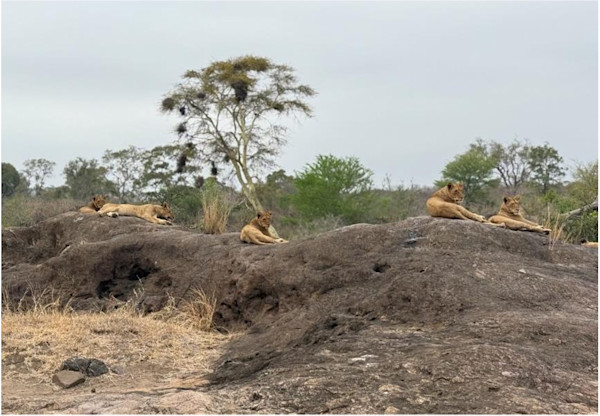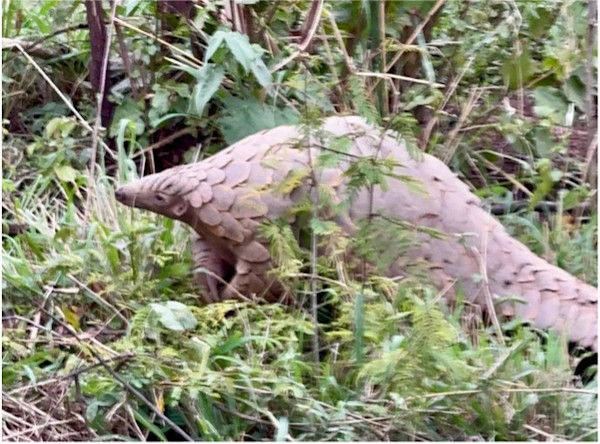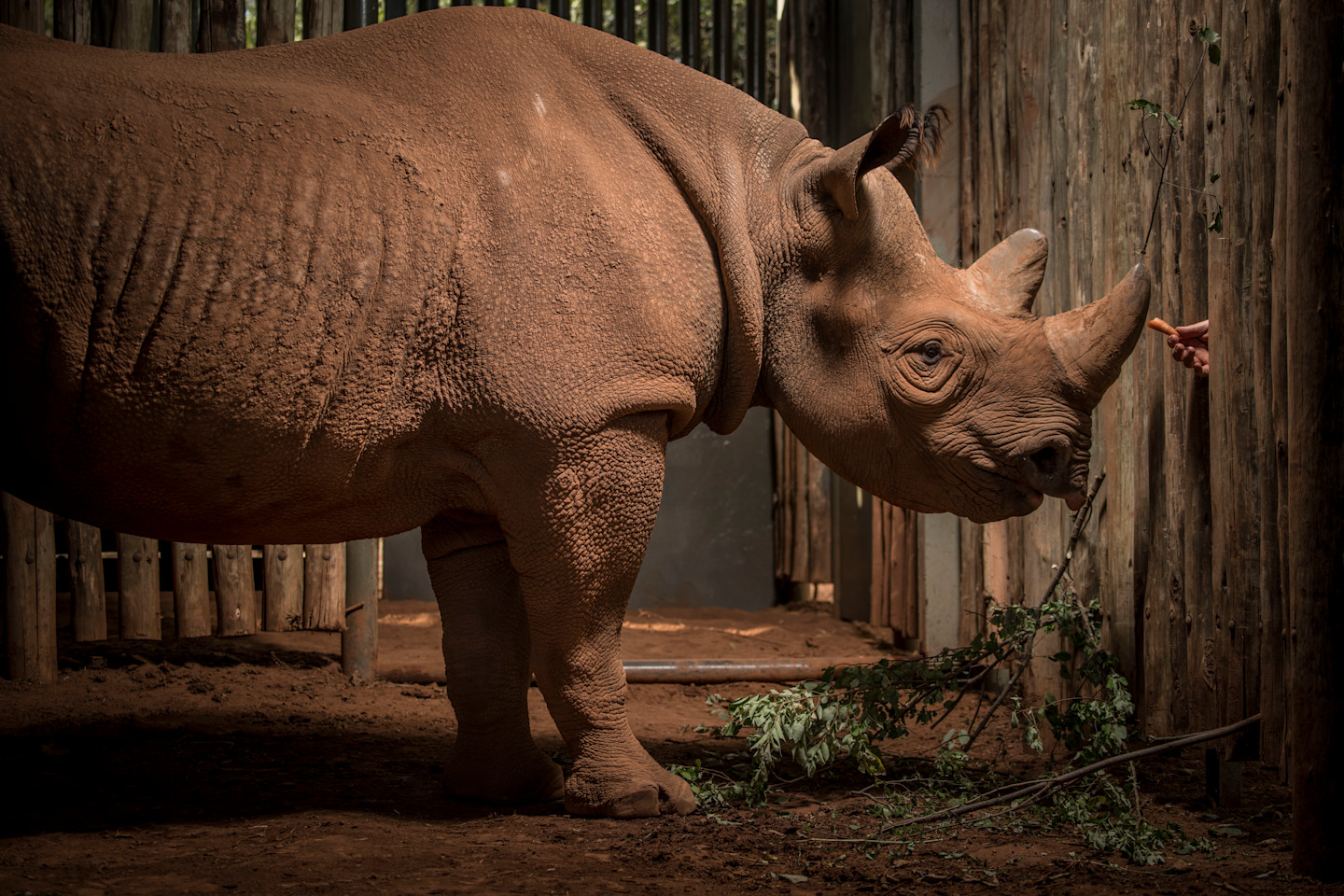
April 2021
Biodiversity
The Eastern Black Rhino’s long road home
in BiodiversityShare:
The Eastern Black Rhino’s long road home
Singita’s 100 year purpose to preserve and protect large areas of African wilderness for future generations is inextricably linked to the welfare of all life within the reserves in which we operate. In each of the regions where we have a presence, we work to support the work of our non-profit conservation Trust and Fund partners on the crucial projects they’re engaged in to safeguard wildlife, and in particular the endangered species whose numbers are threatened by factors as far ranging as poaching, habitat destruction, climate change and the encroachment of alien vegetation.
As the custodian of more than 350,000 acres of the iconic Serengeti ecosystem, home to the world-famous wildlife spectacle the Great Migration, the Grumeti Fund, our conservation partner in Tanzania, is responsible for the reintroduction and recovery of stable wildlife populations, while ensuring that neighbouring rural communities benefit tangibly from these natural environments.
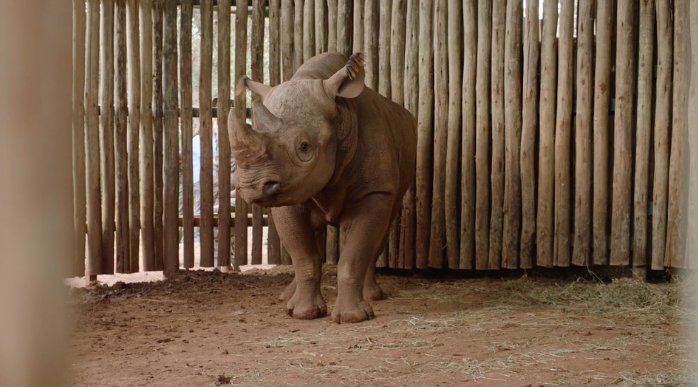
Eric, the Eastern Black Rhino's journey back to the land of his origin. Video: San Diego Zoo
The time is now
For certain species, urgent action is imperative. From approximately 10,000 Eastern Black Rhino in 1970, it is estimated that less than 1,000 remain in the world today, courtesy of the illegal wildlife trade whose appetite for illicit products fuelled the poaching crisis in East Africa, reducing the numbers by 99% 40 years ago. In 2019 the Fund, in collaboration with the Tanzanian government, carried out the largest single relocation and reintroduction of nine critically endangered Eastern Black Rhino back to the Serengeti ecosystem. Once the natural home of the black rhino, the Western Serengeti region was a logical choice as the nexus of this crucial and mammoth relocation programme – the biggest ever translocation of rhino into Tanzania. Aside from it being the original territory for Eastern Black Rhino, the habitat within Ikorongo is graded as some of the best for black rhino within the Serengeti.
These newly introduced rhino are thus a crucial step in restoring balance to the area and forming a thriving new satellite population, which will hopefully grow to 15-20 over time, a herd that will ideally breed and disperse throughout the ecosystem, boosting Tanzania’s black rhino numbers and also diversifying the genetic makeup of future rhino generations.
WE NEED YOUR HELP! We are working to raise the funds for the next phase of translocation to the Western Serengeti – but we can’t do it alone. You have the opportunity to make a difference that could define the future success of an entire species. Donate now.
Making progress
Since their relocation in 2019, the rhinos have adapted well, as predicted. Their whereabouts and wellbeing are monitored through transmitters as well as physical sightings twice a week. As the rhino are free roaming, it takes man power and time to be able to track them physically, and once their numbers increase further, this will be a growing challenge that will need a solution. This of course will be a welcome problem to solve, as the ultimate success of the rhino expansion project will be the exponential growth of black rhino numbers in the region.
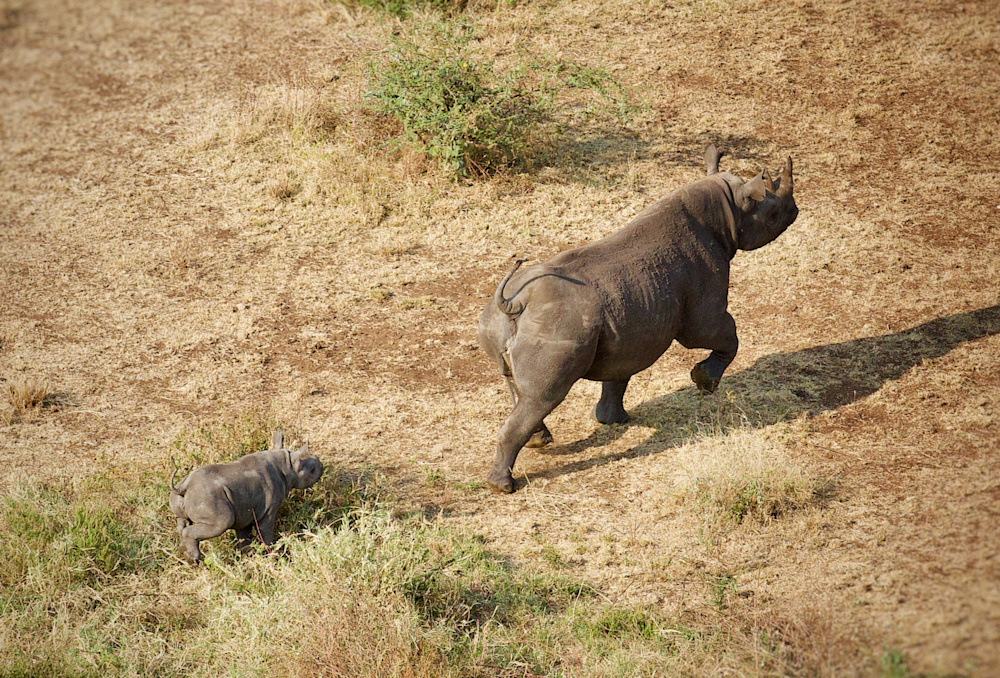
The birth of a rhino calf in the new satellite herd was a major milestone in the project. Photo: Stephen Cunliffe
New life
The birth in 2020 of the first black rhino calf within the ikorongo-Grumeti concession area for many decades was a significant milestone in the project’s success.
‘We hope to not only increase the number of black rhino, but also to make sure safety measures are in place to keep them safe,' Bhoke Mtatiro, Communication & Fundraising Manager at Grumeti Fund
‘We hope to not only increase the number of black rhino, but also to make sure safety measures are in place to keep them safe,' Bhoke Mtatiro, Communication & Fundraising Manager at Grumeti Fund
The manpower and logistical manoeuvring needed to execute a project of this magnitude – from wildlife vets, government entities and agents, to conservationists, anti-poaching and legal support and translocation experts – also comes with equally daunting costs.
This project would not have gotten off the ground, or been as successful without funding from the private sector. ‘As an NPO we rely solely on the generosity of our donors to be able to run special projects such as these. Private sector funding is crucial for the continuation of this project,’ says Mtatiro.
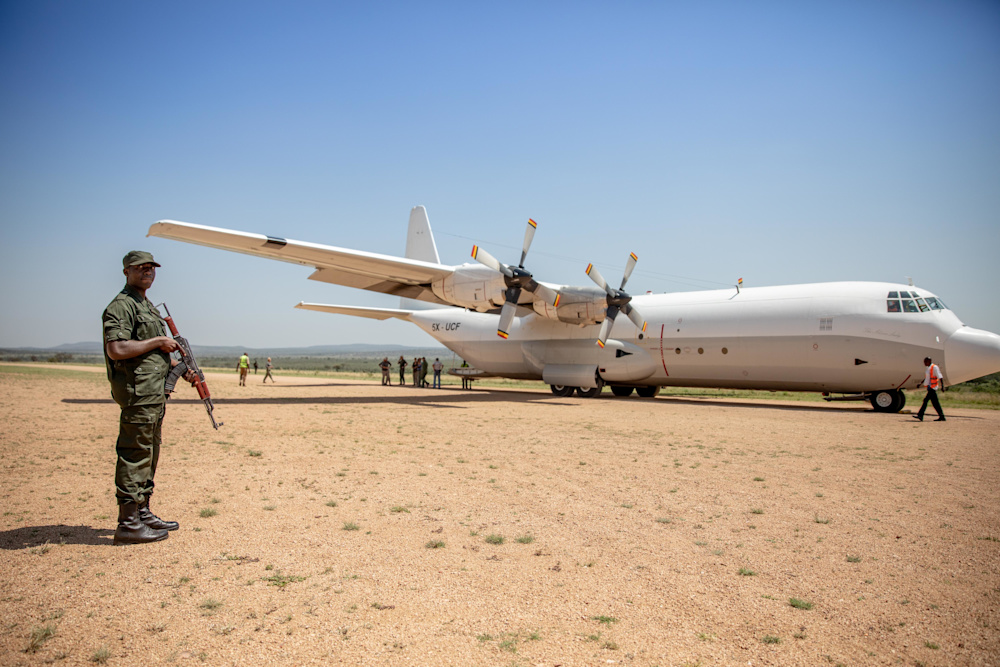
The logistics involved in translocating a rhino across continents are staggering, and require collaboration and cooperation between multiple entities
To learn more, and play a role in ensuring this crucial initiative can move onto the next phase, visit the rhino relocation project page here >
